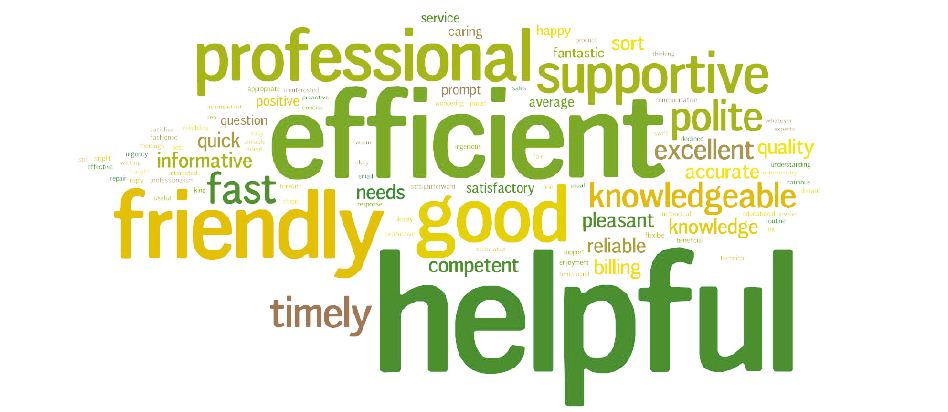In one the first books I wrote over thirty-five years ago titled “Making time to sell,” I told the story of how a successful advertising salesperson explained his secret of selling advertising space by saying that he was a “six-minute salesman.” In those days, at least, a major hurdle was just getting to see the prospect. He would do so by promising the prospect that he would only take six minutes of his or her time. “Seven,” he would add, “if you ask questions”. The prospect was usually impressed. He didn’t really want to see the salesman, but this he had to see!
When the appointed time came, the salesman would walk into the prospect’s office, place his wristwatch on the desk and start his presentation.
The salesman claims the time urgency put him in control of the meeting. It also forced him to pare down his presentation and make every word count. The prospect was indeed impressed, appreciated the respect being shown for his time, and generally took more than the six minutes just asking questions. In fact, the prospect would usually detain the salesman well beyond twenty minutes – yet would not have agreed to see the salesman at all if he had actually asked for twenty minutes or more of his time.
Selling skills have increased dramatically during the last thirty-five years, while time management skills have remained the same. There are certain principles in conserving time just as there are basic principles in selling. They may not be applicable to all selling situations, but it may pay you to review them. There are hundreds of books on effective time management, including a few of my own.
A poorly organized, unplanned, rambling presentation eliminates some of the inroads made by the company through advertising and promotion, thus wasting the company’s time and money. And the prospects themselves may be missing a great opportunity to increase profits, cut costs or improve service.
If you are a professional or operate a business where the customer comes to you, don’t keep them waiting. A certain amount of waiting can’t be avoided – especially in the case of doctors, lawyers, accountants and so on. But research shows that customers perceive waiting time to be less if there are signs to read in your waiting room – or anything else that will keep them occupied. Always have something to read such as current magazines and signs as well as Wi-Fi. If appropriate, TV and a play area with toys for kids would also be a plus.
Waiting time also seems shorter if customers have someone to talk to. Paco Underhill, in his book “Why we buy,” recommends taking care of the customer within two minutes. This is not always possible; but any waiting without contact over a minute and a half creates time distortion in the minds of the customers.
Time waiting after initial contact seems to go faster than the same amount of time spent waiting before the interaction. So acknowledging that the customer is waiting tends to relieve time anxiety. It is a good idea to acknowledge the customer when they first arrive and at least every five minutes thereafter.
Even giving the customer an estimate of the waiting time is better than nothing. Underhill claims that being told the wait would be about two minutes makes an actual four or five-minute wait go faster.
In a supermarket or in some retail store situations, a single line leading to the cashiers ensures that people are served in turn. And impulse items placed where the line forms, not only distracts from the wait, but is also smart merchandising.
Customers hate waiting in line, and stores with long line-ups at the check-outs frequently encounter abandoned carts containing merchandise.
This “want it now” syndrome was evident in the studies described in Martin Lindstrom’s Buyology book. Students were offered either a $15 Amazon gift certificate right away or a $20 gift certificate in two weeks. They chose the $15 certificate. The students’ brains were scanned as they were made the offers, and the “$15 right now” offer caused an unusual flurry of stimulation in those areas of the brain responsible for our emotional life.
This could explain the popularity of such services as overnight delivery, instant Kindle book downloads, and express checkouts. So keep in mind that it might pay you to use priority mail for shipping, for example, where the packaging is provided. Or courier – even though it’s more expensive to do so. You could also build the shipping cost into the price of the product.
Time does make a difference to the customer.


Recent Comments